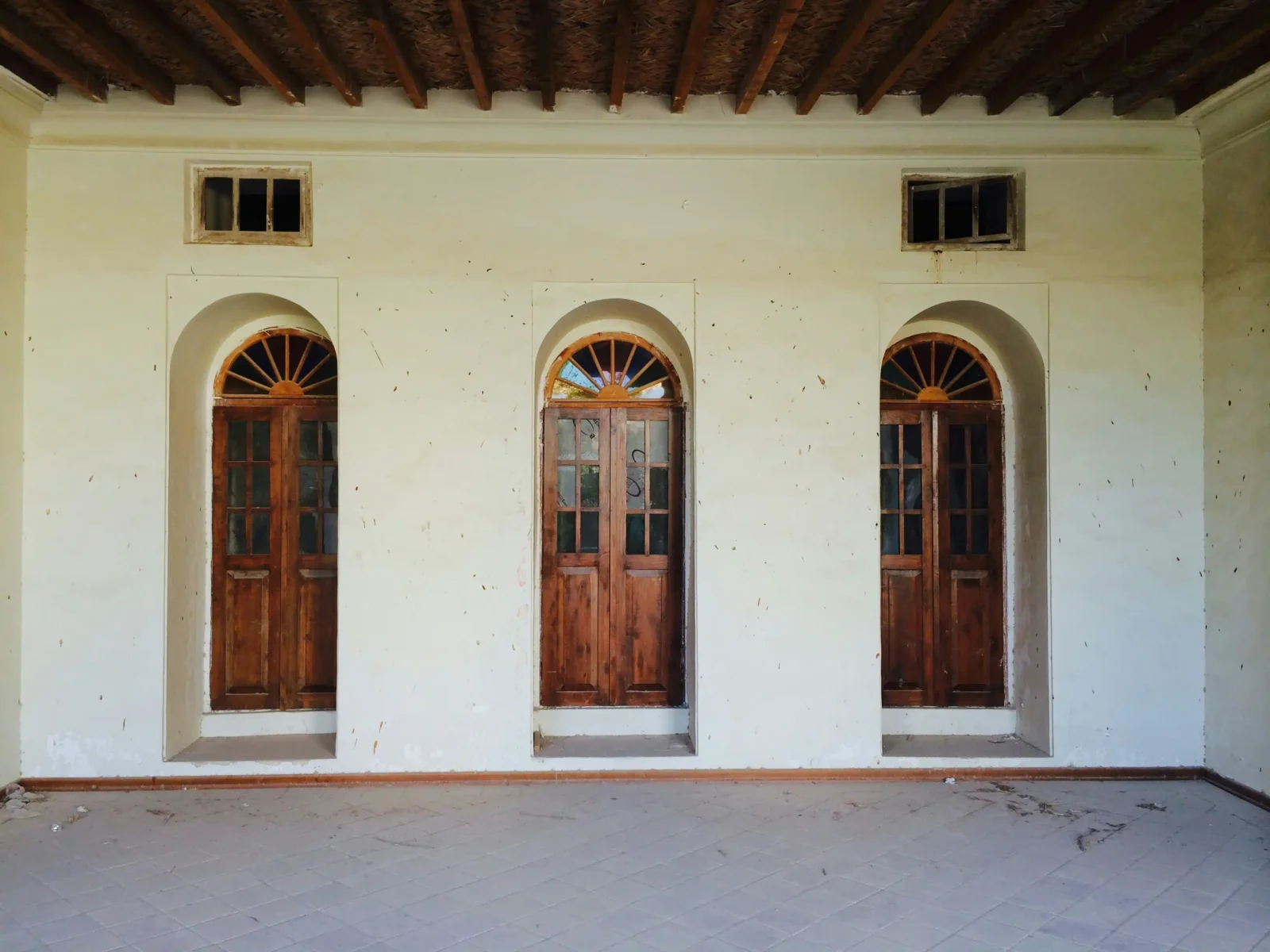- Home
- Articles
- Architectural Portfolio
- Architectral Presentation
- Inspirational Stories
- Architecture News
- Visualization
- BIM Industry
- Facade Design
- Parametric Design
- Career
- Landscape Architecture
- Construction
- Artificial Intelligence
- Sketching
- Design Softwares
- Diagrams
- Writing
- Architectural Tips
- Sustainability
- Courses
- Concept
- Technology
- History & Heritage
- Future of Architecture
- Guides & How-To
- Art & Culture
- Projects
- Interior Design
- Competitions
- Jobs
- Store
- Tools
- More
- Home
- Articles
- Architectural Portfolio
- Architectral Presentation
- Inspirational Stories
- Architecture News
- Visualization
- BIM Industry
- Facade Design
- Parametric Design
- Career
- Landscape Architecture
- Construction
- Artificial Intelligence
- Sketching
- Design Softwares
- Diagrams
- Writing
- Architectural Tips
- Sustainability
- Courses
- Concept
- Technology
- History & Heritage
- Future of Architecture
- Guides & How-To
- Art & Culture
- Projects
- Interior Design
- Competitions
- Jobs
- Store
- Tools
- More
6 Essential Tips for Energy-Efficient Architectural Design

Energy-efficient architectural design takes center stage in 2024. You see buildings that breathe sustainability, with sleek materials and smart designs leading the charge.
Forget what you know about clunky solar panels or awkward layouts. This new era focuses on integration and innovation, merging style with efficiency. It’s about making conscious choices without sacrificing aesthetics or function.
Get ready to explore exciting strategies and tips from today’s trailblazers who redefine architecture’s role in energy conservation.
Table of Contents
Toggle1. Consider Passive Solar Design
Sunshine isn’t just for warmth. You can harness it to optimize energy use in your building. By strategically placing windows and choosing the right materials, you let natural light heat and illuminate spaces efficiently.
South-facing windows can capture maximum solar gain in colder months, while overhangs or shades prevent overheating during summer. Use thermal mass like concrete or brick to absorb and slowly release heat. These simple tweaks reduce reliance on artificial heating systems, slashing energy costs while keeping interiors comfortable year-round.
2. Optimize Building Orientation
Another critical element is the building’s orientation. Positioning your structure to maximize exposure to natural light cuts down on artificial lighting needs and reduces energy consumption.
Aim for an east-west alignment, where the longest walls face north or south, allowing for more even sunlight distribution. Incorporate features like angled windows or skylights to enhance illumination without excessive heat gain.
This setup can also support passive solar heating and cooling techniques, leading to a more sustainable design that aligns with nature’s rhythms while improving comfort levels indoors.
3. Smart Use of Insulation
To complement smart orientation, you may want to focus on optimizing insulation for an energy-efficient building envelope. High-quality insulation materials, like spray foam or rigid panels, seal in warmth during winter and keep spaces cool in summer.

Pay attention to walls, roofs, and floors – areas often overlooked but crucial for maintaining a stable indoor climate. Properly insulated structures not only cut down on heating and cooling costs but also reduce greenhouse gas emissions. Think of it as wrapping your building in a cozy blanket that adjusts with the seasons, ensuring comfort without wasting energy.
4. Embrace Sustainable Roofing Options
Alongside smart insulation, sustainable roofing choices are vital in advancing energy-efficient architecture. Sustainable roofing options, such as green roofs and cool roofs, are particularly relevant for commercial roofing in Portland, where the variable climate demands effective solutions for energy efficiency and environmental impact.
Green roofs add a layer of vegetation that provides natural insulation and helps manage stormwater. Cool roofs, on the other hand, utilize reflective materials to keep buildings cooler during hot months, reducing air conditioning needs. Both solutions contribute significantly to lowering energy consumption while enhancing the building’s sustainability credentials.
5. Integrate Smart Technology
Beyond traditional methods, incorporating smart technology enhances energy efficiency. Systems like automated lighting and HVAC controls adjust based on occupancy and time of day.
This precision reduces unnecessary energy use without sacrificing comfort. Advanced sensors can monitor temperature, humidity, and even air quality in real time, ensuring optimal conditions while conserving resources.
These technologies connect to a central hub or app, giving you control over your building’s environment from anywhere. Think of it as having a digital assistant that continuously tweaks settings to maximize both energy savings and user comfort.
6. Choose Eco-Friendly Building Materials
Finally, selecting eco-friendly materials is crucial for an energy-efficient design. Opt for sustainably sourced options like bamboo or reclaimed wood that minimize environmental impact while providing durability.
These materials not only enhance a building’s green credentials but often come with superior insulating properties. Consider low-VOC paints and finishes to maintain air quality within your space.
Recycled steel or concrete can also contribute to both sustainability and strength in construction projects. With these choices, you create a healthier environment that respects natural resources, rounding off an energy-conscious architectural strategy beautifully.
Closing Thoughts
Embracing energy-efficient architectural design means more than just lowering bills. It’s about crafting spaces that respect and harness nature, paving the way for a sustainable future.
As we integrate these principles, our buildings become part of the solution rather than contributors to environmental challenges. These efforts not only enhance living and working environments but also inspire innovation across industries.
Whether designing a new structure or retrofitting an existing one, every thoughtful decision moves us closer to harmony with our planet’s resources while elevating comfort and aesthetics for all occupants.
illustrarch is your daily dose of architecture. Leading community designed for all lovers of illustration and #drawing.
Submit your architectural projects
Follow these steps for submission your project. Submission FormLatest Posts
How Modern Bridges Balance Aesthetics and Engineering
How modern bridges balance aesthetics and engineering: explore form-driven systems, case studies,...
Exterior & Interior Remodeling Tips Every Homeowner Should Consider
Home upgrades reshape comfort, improve function, and strengthen long-term property value. Whether...
Top 8 Luxury Vacation Rentals Features Guests Love Most
A luxury vacation rental offers an entirely different experience than a typical...
Why Local Expertise Matters: Choosing the Right Plumbers in Townsville
Why Local Expertise Matters: Choosing the Right Plumbers in Townsville When it...












Leave a comment